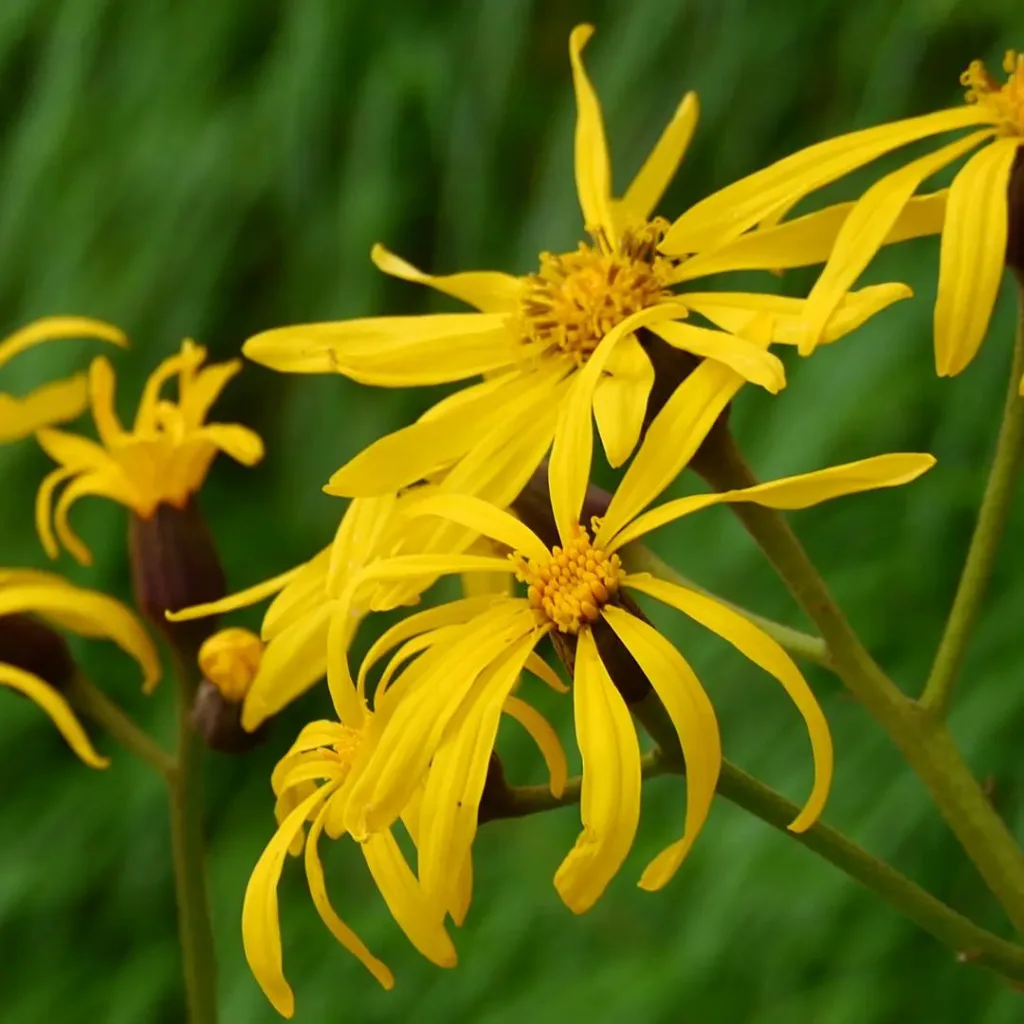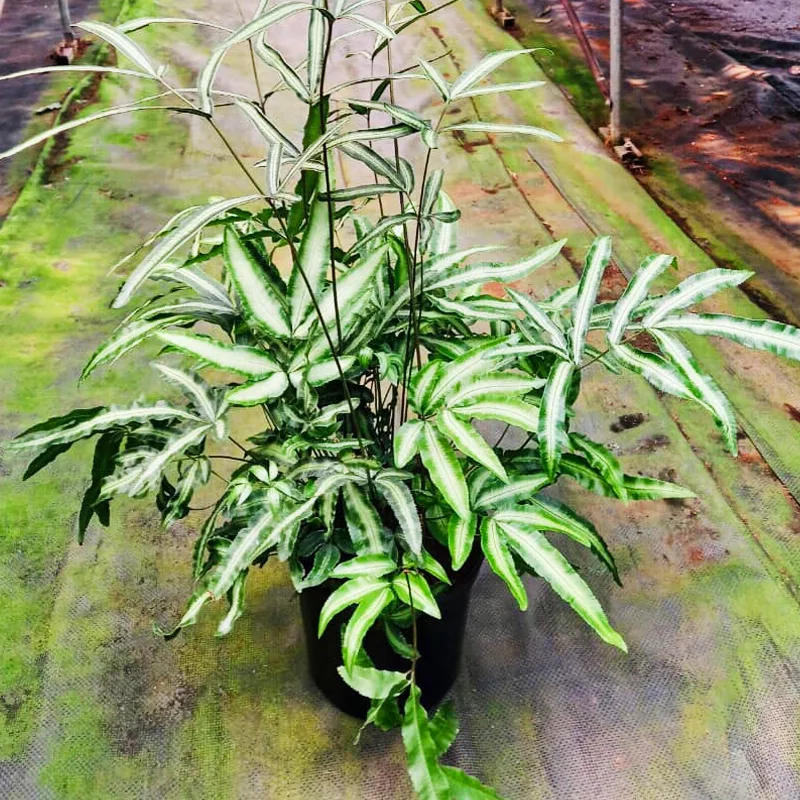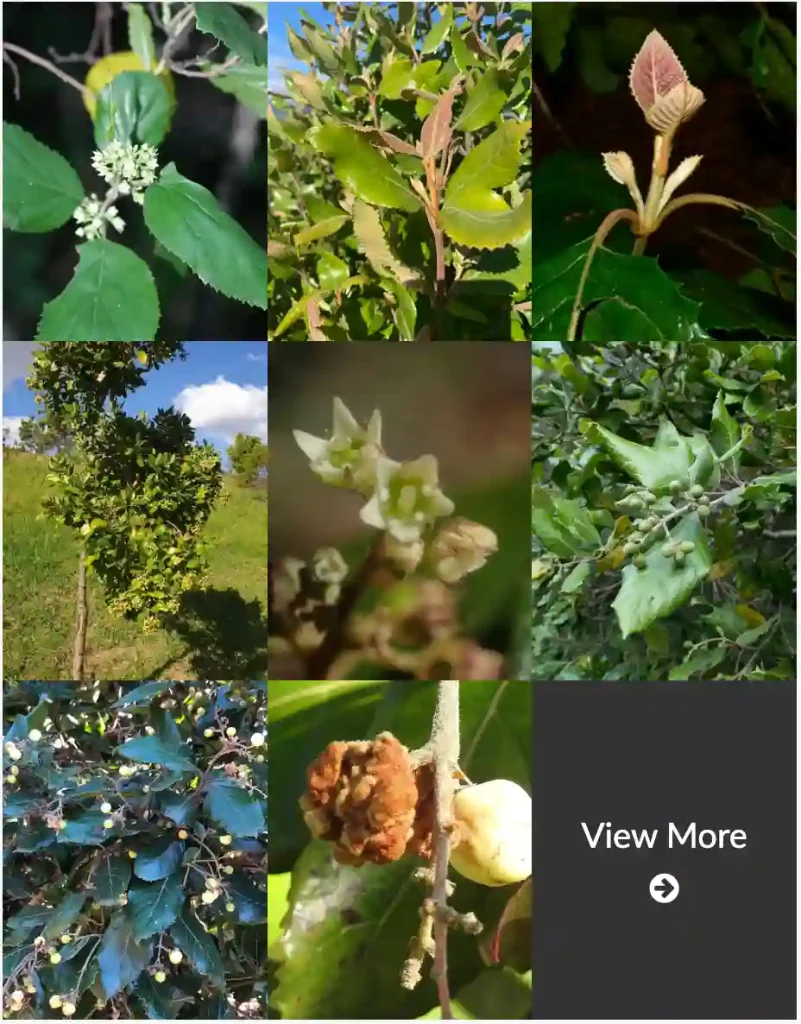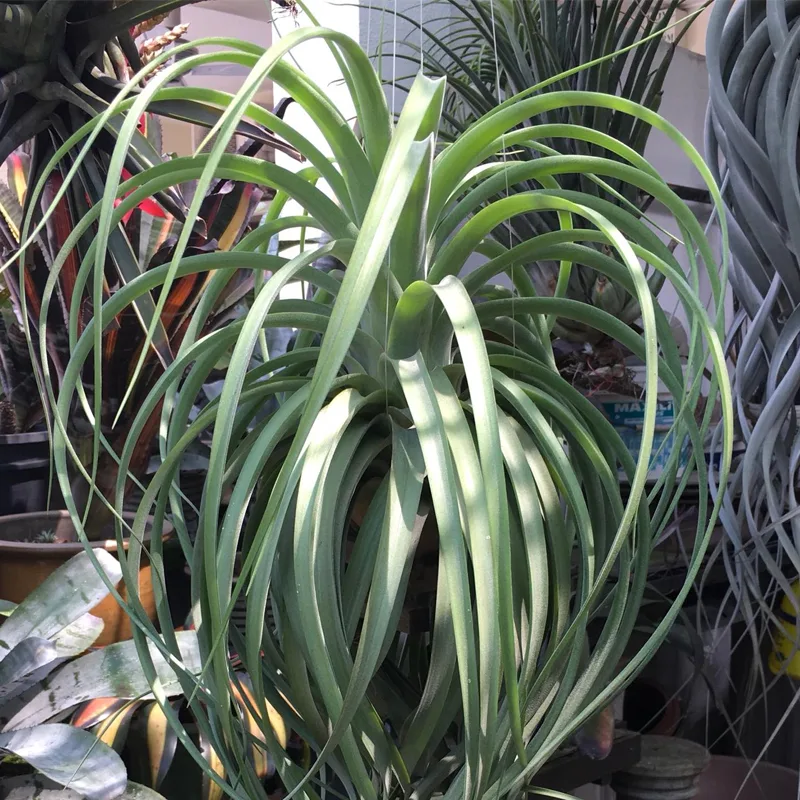Aglaonema Pink Lady: Your Guide to this Pretty and Easy-Care Houseplant
Hi, Ferb Vu here! Today, we’re diving into the world of the Aglaonema Pink Lady, a houseplant that’s as stunning as it is easy to care for.
This beauty boasts vibrant green leaves splashed with delightful pink patterns, making it a real conversation starter in any room. But beyond its good looks, the Pink Lady is beloved by plant enthusiasts for its resilience and adaptability.
Whether you’re a seasoned plant parent or a complete beginner, this FAQ will equip you with everything you need to know to keep your Aglaonema Pink Lady thriving.
26 Species in Genus Aglaonema
What is an Aglaonema Pink Lady?
The Aglaonema Pink Lady, also known as the Aglaonema Pink Valentine or Chinese Evergreen, is a member of the Araceae family. These tropical plants are native to Southeast Asia and are prized for their attractive foliage.
The Pink Lady variety features glossy, oval-shaped leaves with a base color of rich green. These leaves are adorned with vibrant pink veins and speckles, creating a truly eye-catching display.
Pink Lady vs. Other Aglaonemas: What’s the Difference?
There are over 50 different varieties of Aglaonemas, each with its own unique characteristics. Here’s a quick comparison of the Pink Lady to some of its popular cousins:
- Aglaonema Red Emeral: This variety boasts deep burgundy leaves with contrasting green veins. While both are low-maintenance, the Red might require slightly more light than the Pink Lady.
- Aglaonema Silver Bay: Known for its silvery-green leaves with darker green markings, the Silver Bay offers a more subdued aesthetic compared to the Pink Lady’s vibrant color palette.
- Aglaonema White Rain: This variety features stunning white and green variegated leaves. While both are easy to care for, the White might require slightly higher humidity levels than the Pink Lady.
Ultimately, the best Aglaonema for you depends on your personal preference and the lighting conditions in your home.
How to Care for Your Aglaonema Pink Lady?
The Aglaonema Pink Lady is a forgiving plant that thrives with minimal fuss. Here are some key things to keep in mind:
- Light: Pink Ladies prefer bright, indirect light. Avoid harsh sunlight, which can scorch the leaves.
- Water: Allow the top inch of soil to dry out completely between waterings. Overwatering is a common mistake with Aglaonemas, so err on the side of underwatering.
- Soil: Use a well-draining potting mix specifically formulated for houseplants.
- Humidity: While Pink Ladies tolerate average household humidity, they appreciate a slight boost. Grouping them with other plants or using a pebble tray filled with water can help.
- Fertilizer: Apply a balanced liquid fertilizer once a month during the growing season (spring and summer).
Common Problems with Aglaonema Pink Lady (and How to Fix Them)
Even the easiest plants can face challenges. Here are some common issues and how to address them:
- Brown leaves: This is usually a sign of underwatering. Increase the frequency of watering, but be mindful not to overcompensate.
- Yellow leaves: This can be caused by overwatering, low light, or nutrient deficiency. Check your watering habits, adjust light exposure if necessary, and fertilize during the growing season.
- Drooping leaves: This can indicate underwatering, excessive light, or a temperature issue. Check soil moisture, adjust light exposure, and ensure the temperature is within the ideal range (65-80°F).
Can I Propagate My Aglaonema Pink Lady?
Absolutely! The Pink Lady can be propagated through stem cuttings. Here’s a simplified guide:
- Choose a healthy stem with at least two leaves.
- Cut the stem just below a node (the bump where a leaf joins the stem).
- Plant the cutting in a pot with moist, well-draining potting mix.
- Place the pot in a warm location with indirect light and keep the soil moist but not soggy.
- Roots should develop within a few weeks. Once established, care for the new plant as you would a mature Pink Lady.
Is the Aglaonema Pink Lady Toxic?
Yes, the Aglaonema Pink Lady, like most Aglaonemas, is mildly toxic. The sap and leaves contain calcium oxalate crystals which can cause irritation to the mouth, throat, and stomach if ingested. Keep out of reach of children and pets.
Conclusion: The Aglaonema Pink Lady – A Plant for Everyone
With its stunning looks and easy-going nature, the Aglaonema Pink Lady makes a fantastic houseplant for anyone. Its vibrant foliage adds a touch of life to any space and its forgiving nature makes it a perfect companion for busy schedules or those new to the plant parenthood journey.
If i die, water my plants!



